
The vivo V30 series is now here and its most affordable offering is the V30. Despite not having the ZEISS branding like the Pro model, does it have the photography skills, features, and performance to separate itself from the lot?
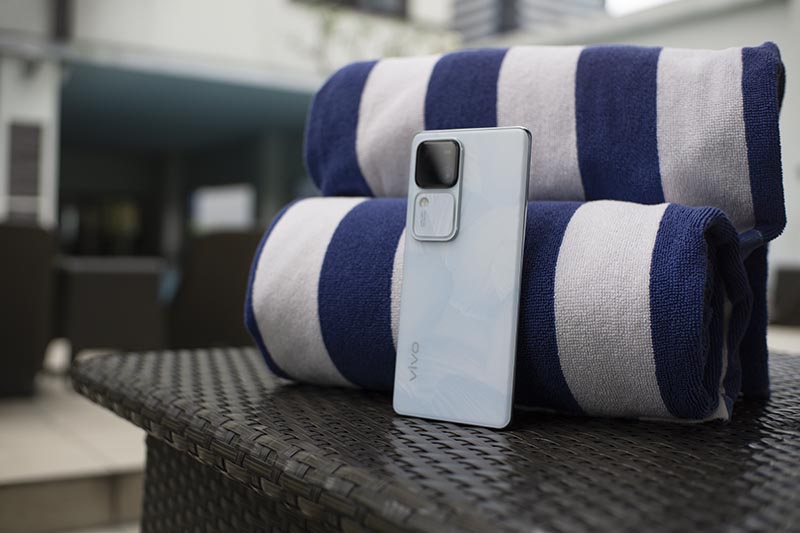
| Chipset | Snapdragon 7 Gen 3 |
| Screen | 6.78-inch AMOLED, 2800 x 1260, 120Hz, 100% DCI-P3 |
| RAM | 12GB LPDDR4X |
| OS | Android 14, FunTouch OS 14 |
| Rear Camera | 50MP f/1.88 OIS Main, 50MP f/2.0 Ultrawide, Aura Light 3.0 with Dual Color Temperature |
| Front Camera | 50MP f/2.0 |
| Storage | 256GB, 512GB UFS 2.2 |
| Network | Dual-SIM, 5G |
| Connectivity | WiFi 6, Bluetooth 5.4, NFC, USB-C |
| Battery | 5,000mAh, 80W Flash Charge |
| Others | In-Display Fingerprint Scanner, IP54 Dust and Water Resistance |
| Dimensions | 164.36 x 75.1 x 7.45mm |
| Weight | 186g |
| Colors | Petal White, Green Sea |

The vivo V30 ships in a dark blue box with the company’s branding at the front. It comes bundled with a transparent silicone case, documentation, a white USB-A to USB-C cable, an 80W power adapter, and a pre-applied screen protector.

As usual, vivo brings in their stylish make on the V30. The vivo V30 has a matte tempered glass rear while its frame is made out of aluminum. Its sides are curved to make it feel better in the hand but it is somewhat slippery thanks to its glossy finish. It’s only 7.45mm thin and is also IP54 rated for dust and water resistance to give it a bit more resiliency from accidents.
vivo will only be offering two color variants in the Philippines: Petal White and Green Sea. Our unit is the Petal White model and it does look good on any lighting. It seems that it has a “layered’ design to it with overlapping petals to distinguish it from other smartphones. The rear’s design is only broken by the raised housing for its dual cameras and the Aura Light 3.0 flash.
All of its buttons are clustered at the right-hand side and has proper tactility to them. Placed at the bottom are its dual SIM tray, bottom-firing speaker, and USB-C port. There’s no MicroSD support for storage and 3.5mm audio jack.
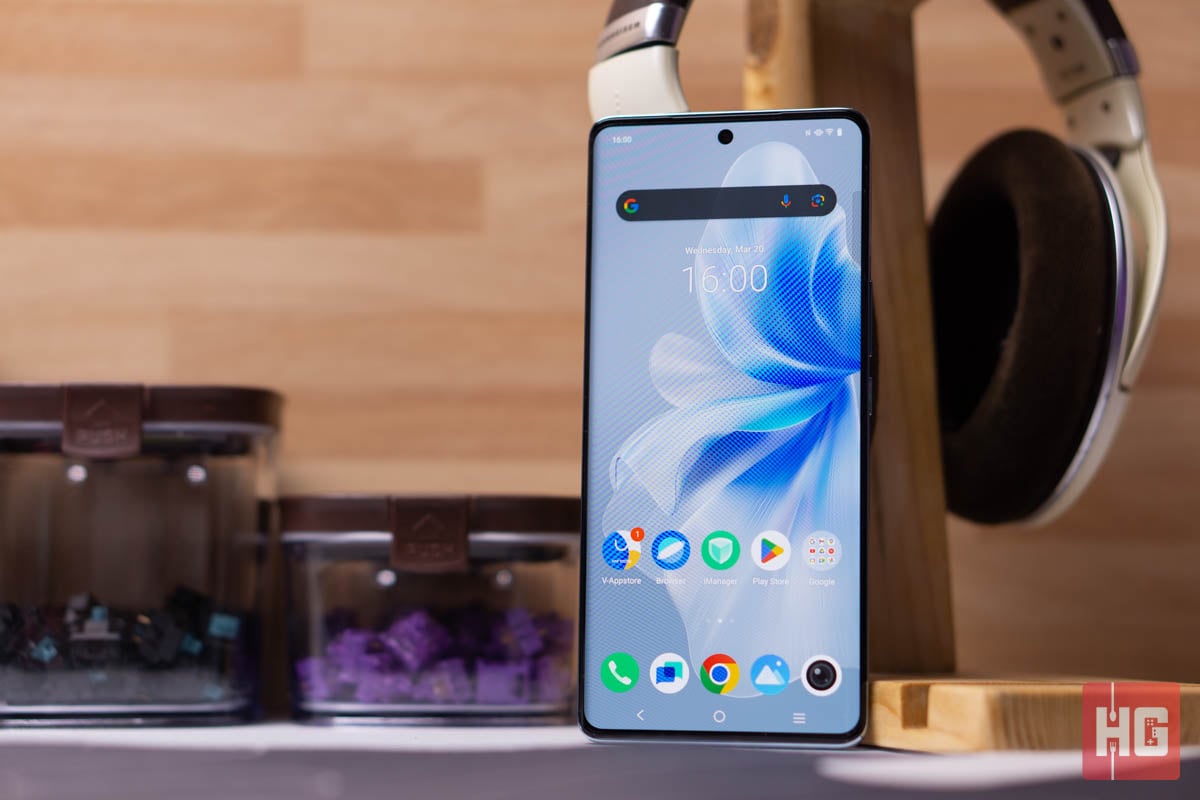
The vivo V30 sports a curved 6.78-inch 2800 x 1260 AMOLED screen that runs up to 120Hz. Its display looks great with accurate colors, fantastic contrast, and deep blacks. Refresh rate can be bumped down to 60Hz if you’re concerned about battery life, but you can also let Smart Switch control the screen that will cycle through 60Hz, 90Hz, and 120Hz depending on what you are doing on the device.
Brightness is at the higher-end of the spectrum measuring in at around 528.27 cd/m2 at manual maximum brightness. This is ample enough for the smartphone to be comfortably used outside under strong sunlight or even studios with powerful lights. At the other end of the scale, its minimum brightness is just at 2.08 cd/m2 which is pretty low so you don’t scorch your eyes while using the smartphone in darker areas.
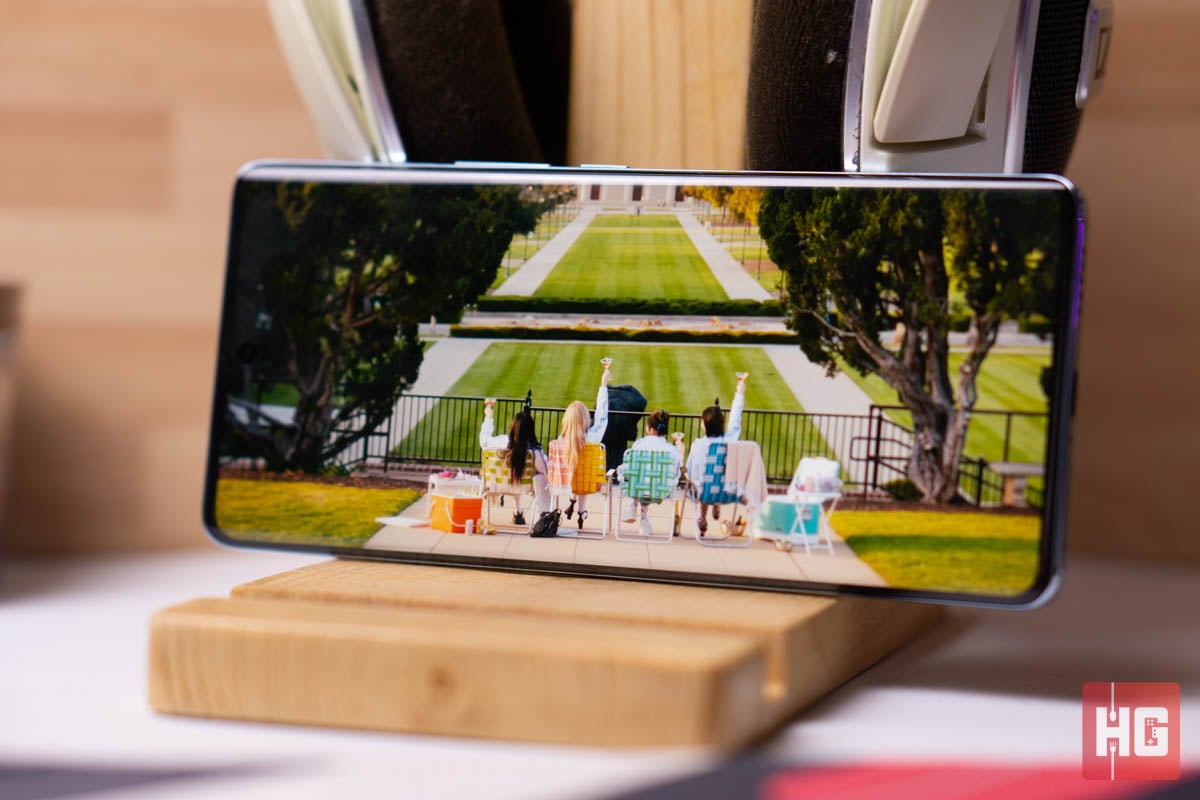
The V30 relies on a single bottom-firing speaker for external audio. Performance is nothing to write home about, but it does get fairly loud. Bass is pretty weak, but mids are great. Its highs can get aggressive and will start to sound tinny at higher volumes especially when you use its 150% mode.

Resting on its rectangle camera bump at the back are two 50MP shooters – a f/1.88 main camera with OIS and a f/2.0 ultrawide lens – while at the front is another 50MP f/2.2 selfie shooter. vivo keeps it simple by going back to a more traditional dual camera setup instead of three with an arguably useless low pixel count macro camera.
Just below the two rear cameras is the new Aura Light 3.0. Aside from being a stronger rear LED Flash, it’s temperature can be cycled from Warm, Daylight, and White. You can either manually adjust it to your liking or let the smartphone automatically set its temperature while taking photos.



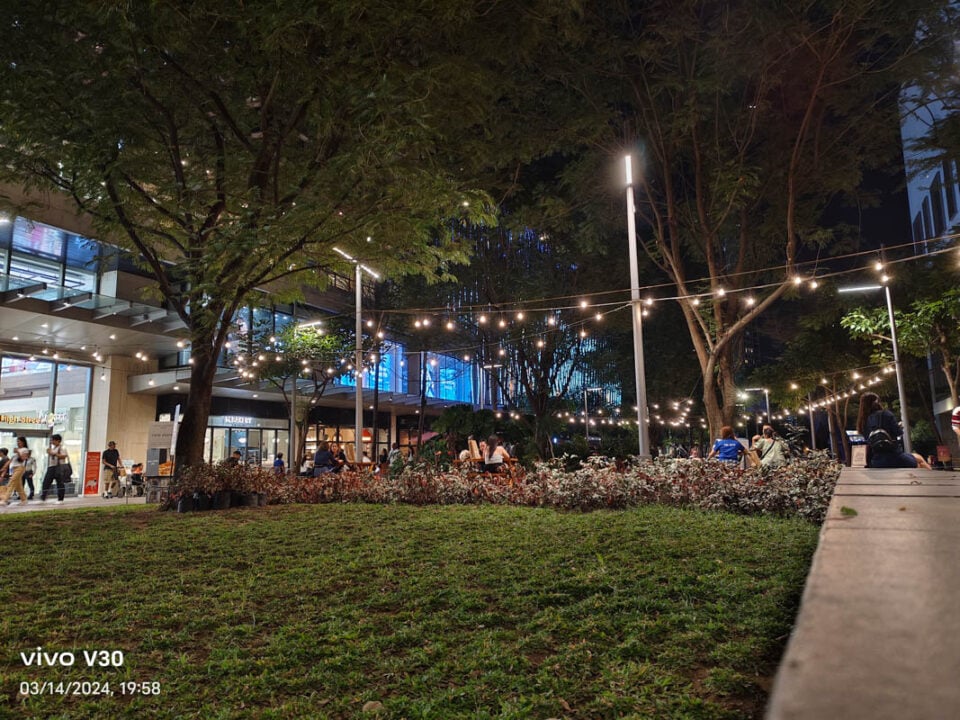




Its 50MP f/1.88 main shooter is powered by the Samsung S5KJN1 sensor and takes 12.5MP photos by default. Daylight photos look fantastic with punchy colors, plenty of detail, and a wide dynamic range. It does prefer slightly underexposed photos and there is a bit of bloom present especially in panoramic-style photos.
Low-light photos is where the vivo V30’s main camera really shine. Details are well-preserved, shadows look sharp, and colors look accurate. If you’re having a hard time shooting close ups on the device, the Aura Light 3.0 can fill a bit more light compared to your regular flash, plus its automatic temperature control can match certain lighting conditions.

Portrait Mode is another area that the V30 excels. Even without Aura Light 3.0, the smartphone is able to capture details portraits with good color. Bokeh looks natural and the cutouts have just the right amount of fall off that mimics the look of a proper camera.



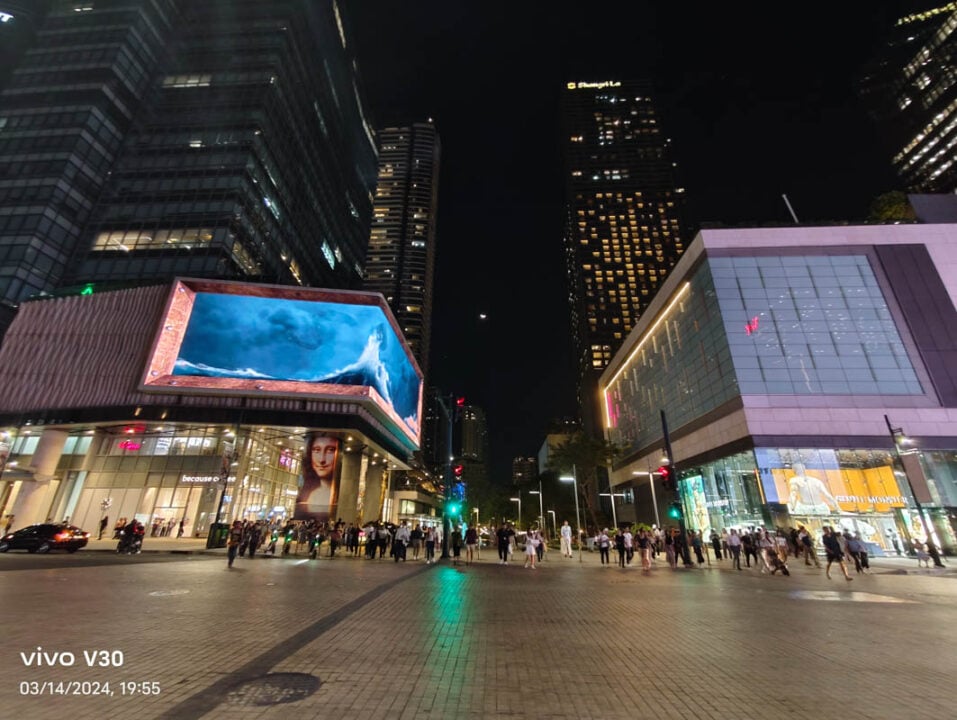
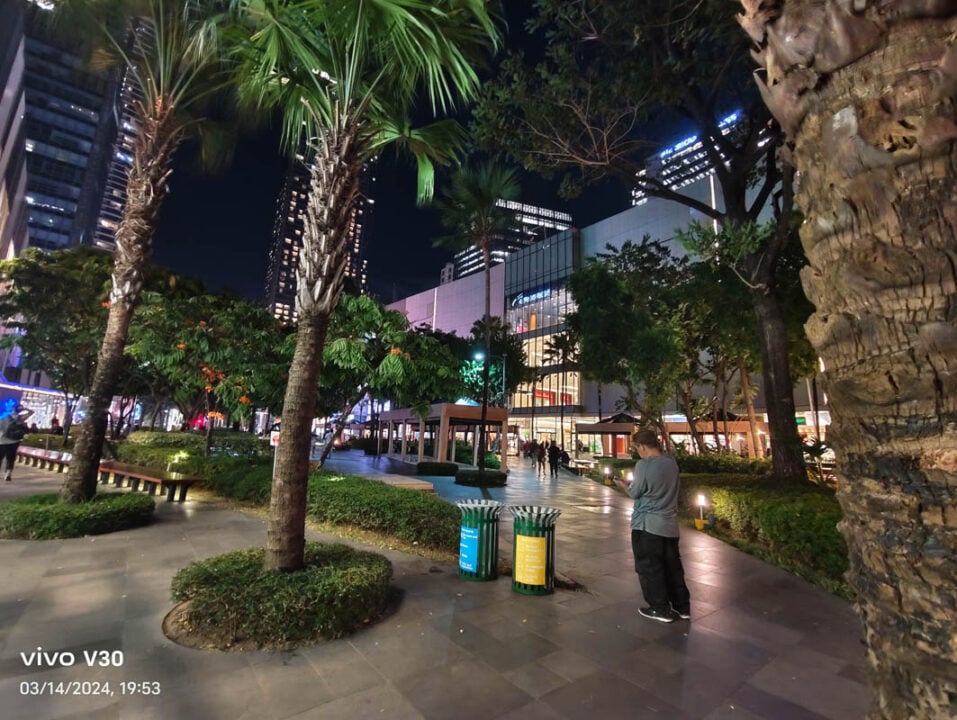
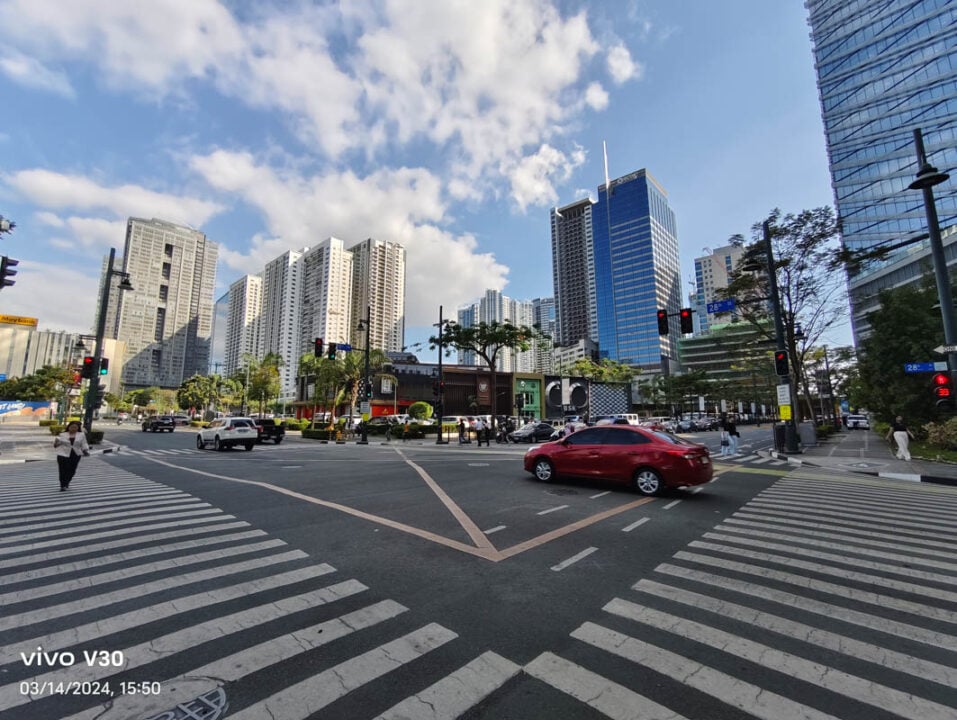
vivo increases the pixel count of the ultrawide camera to 50MP instead of 8MP or 12MP that we are used to seeing in other devices. While it does have an increased pixel count, its performance is slightly worse than the main camera – though that doesn’t mean that it’s bad. Colors still look good and there’s still plenty of detail at the center. There is some softness at the edges, however, and softer images in low-light scenarios.
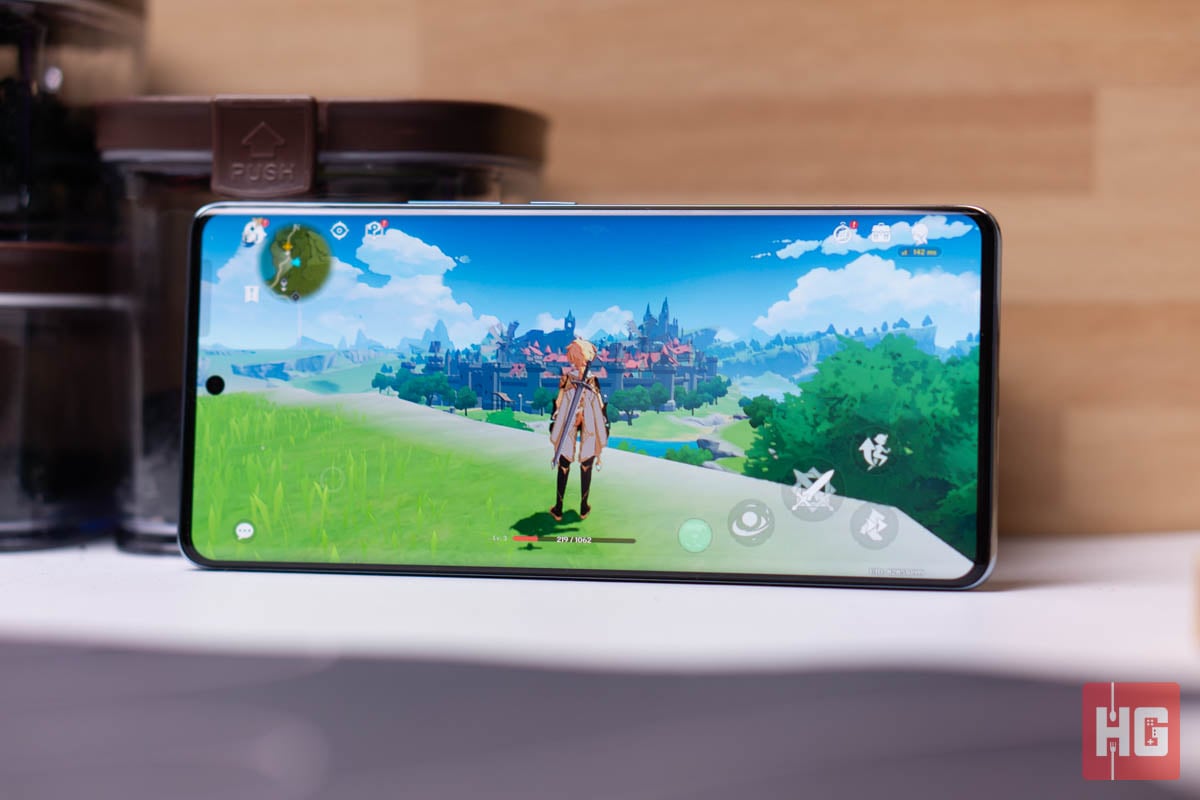
The vivo V30 uses the Snapdragon 7 Gen 3 chipset with 12GB of LPDDR4X RAM and up to 512GB of UFS 2.2 storage. Using the smartphone for daily tasks feel smooth and snappy especially when using 120Hz mode on its display. There’s minimal lag or input delay on tasks except even on heavy workloads or multiple tasks running at the background.
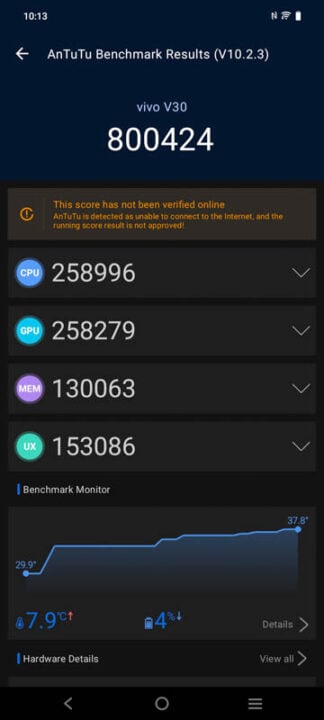
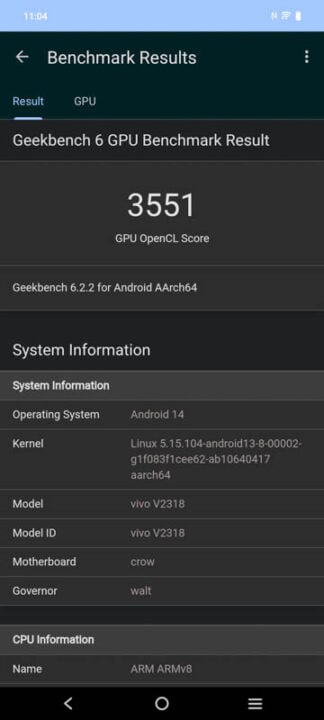
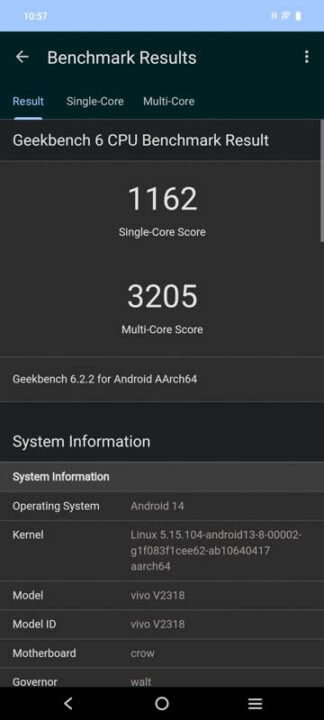

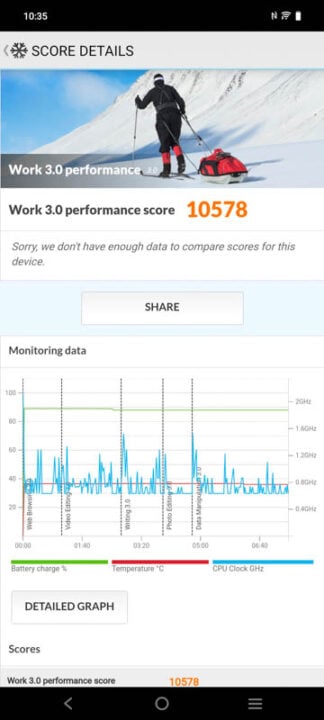
Qualcomm says that the Snapdragon 7 Gen 3 is 15% and 50% more powerful than the Snapdragon 7s Gen2 from late last year. Benchmark figures are nothing special, but they are pretty high for a modern midrange device. AnTuTu puts it at the 800,000 mark while PCMark Work 3.0 scores it at the mid-10,000 range.
Gaming performance on the vivo V30 isn’t too shabby. MOBAs like Wild Rift and Mobile Legends: Bang Bang run at a steady clip with minimal dips in framerate even at higher settings. Performance will only start chugging once you get onto heavier titles like Genshin Impact and Honkai: Star Rail, where you will need to bump down a couple of graphical settings to get steady framerates.

Powering the smartphone is a 5,000mAh battery – the usual battery capacity for a smartphone in the modern day. You should be able to last up to a day and a half with average use consisting of reading emails, browsing the web via WiFi and 5G, occasional gaming sessions, and a few snaps using with the Aura Light 3.0. PCMark Work 3.0 battery test places the V30 at around 16 hours and 30 minutes under medium brightness and volume.
Charging is another bright spot for the device as it supports 80W Flash Charge. The company says that it can charge the smartphone to 100% in just 48 minutes, and that seems true based on our experience. Filling it from empty to full typically last around 50 minutes – just 2 minutes off from vivo’s claims.
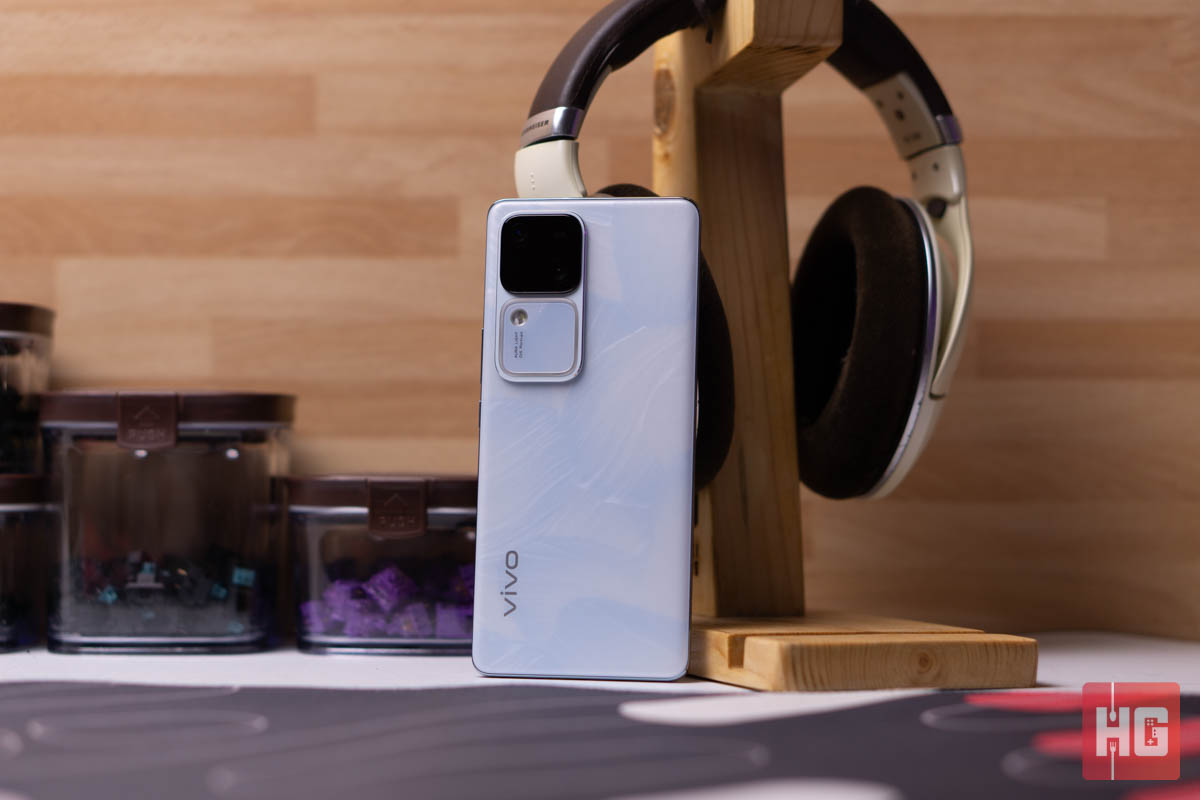
Based on our testing, the vivo V30 is a surprising hit as it delivers a well-rounded experience and excels on the areas where the brand focused its efforts. Its display looks great and is buttery smooth thanks to its support for 120Hz. Cameras are one of the better offerings in its class allowing you to shoot without worrying about lighting and letting you focus on just taking photos. Meanwhile, its design has the potential to be attractive to those whose priorities include standing out from the crowd. Battery life is also a strong suit as it can last more than a day on a single charge while taking only under an hour to charge.
Some of the low points of the V30 include its lack of stereo speakers and lack of expandable storage. Its chipset is somewhat middle of the road especially for gamers who want better graphics on demanding titles.
Overall, the vivo V30 is an attractive smartphone for the money. If you want to focus on just taking photos despite low-light conditions while not shelling out for flagship money, then this is a smartphone to consider on your shortlist.
The vivo V30 is priced starting at PhP 24,999 in the Philippines. It will come in two storage variants: 12GB/256GB for PhP 24,999 and 12GB/512GB for PhP 27,999. You can now get it via vivo’s official website, Shopee, Lazada and TikTok stores, or through their authorized retailers and kiosks nationwide.
